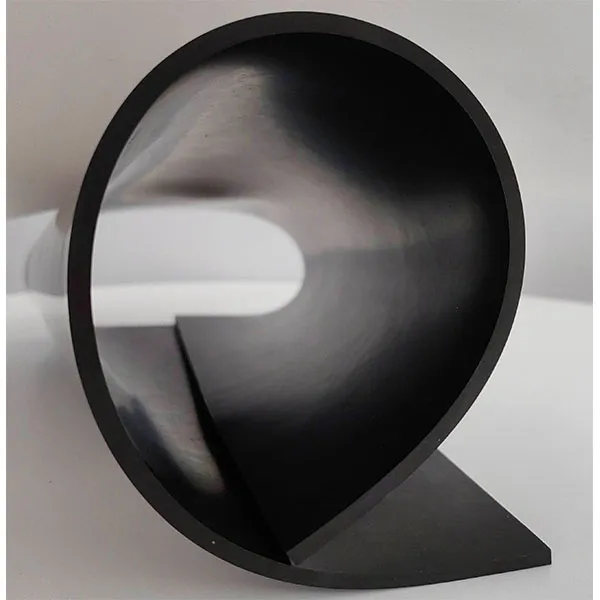Understanding Different Sizes of Edge Banding Tape for Your Projects
Understanding Edge Banding Tape Sizes A Comprehensive Guide
Edge banding tape is an essential component in the woodworking and furniture manufacturing industries. It is used to cover the exposed edges of materials such as particle board, MDF (medium-density fiberboard), and plywood, providing a finished look while protecting the core material from damage. One of the key aspects of working with edge banding tape is understanding the various sizes available, as this can significantly influence the overall aesthetics and durability of finished products.
Common Edge Banding Tape Sizes
Edge banding tape comes in various sizes, typically differentiated by width and thickness. The most common widths range from 0.5 inches (12 mm) to 3 inches (75 mm), although custom sizes can often be fabricated to meet specific project requirements. The choice of width often depends on the application; for example, narrower tapes are suitable for delicate projects or smaller components, while wider tapes provide more coverage and are ideal for larger surfaces.
In terms of thickness, edge banding tapes generally range from 0.3 mm to 2 mm. Thicker tapes are more robust and better suited for high-traffic surfaces or areas prone to wear and tear, such as tabletops or cabinetry. Conversely, thinner tapes can be used for a more subtle application, usually in decorative projects where the edge banding is less exposed.
Material Types
edge banding tape sizes

Edge banding tapes are made from a variety of materials, including PVC, ABS, wood veneer, and melamine. The choice of material often influences both the size and durability of the tape. For instance, PVC and ABS are popular for their resilience to moisture and impact, making them ideal for kitchen and bathroom applications. Wood veneer edge banding, on the other hand, provides a natural aesthetic but may require thicker applications for added durability.
Considerations for Selection
When choosing the appropriate edge banding tape size, several considerations come into play. First, it’s important to measure the edges of the material accurately. A tape that is too narrow may not adequately cover the exposed edge, while an excessively wide tape can result in bulkiness and an unprofessional appearance. Adapting to the thickness of the material is also crucial; thinner materials generally pair better with less thick edge banding.
Another consideration is the finishing method. Some edge banding requires trimming after application, while others can be melted onto the edge with a hot air applicator. Understanding your equipment and the type of finish desired will help in selecting the correct size and material.
Conclusion
In summary, selecting the right edge banding tape size is critical to achieving professional-quality finishes in woodworking projects. By understanding the various widths and thicknesses available, along with the material types, woodworkers can ensure that their finished products not only appear aesthetically pleasing but also stand the test of time. Whether you’re a seasoned professional or a DIY enthusiast, having the right edge banding tape readily available can make a significant difference in the quality of your work.
-
Silicone Seal Strip: The Ultimate Solution for Your Sealing NeedNewsNov.01,2024
-
Keep the Heat: The Importance of Seal for Oven DoorsNewsNov.01,2024
-
Essential Guide to Corner Protectors for Your FurnitureNewsNov.01,2024
-
Enhance Your Home with Silicone SolutionsNewsNov.01,2024
-
Efficient Maintenance of Melamine Sealing StripsNewsNov.01,2024
-
Comparison of Different Edge Sealing ProcessesNewsNov.01,2024
-
Types of Door Bottom Seal Strips and Their Best UsesNewsOct.25,2024